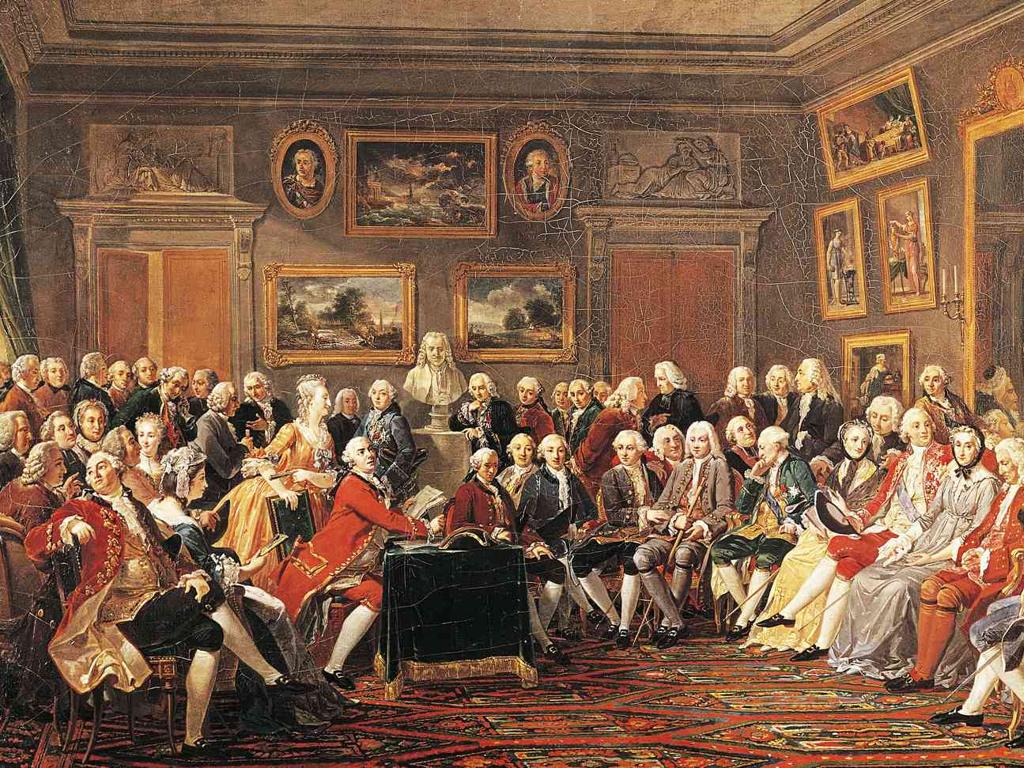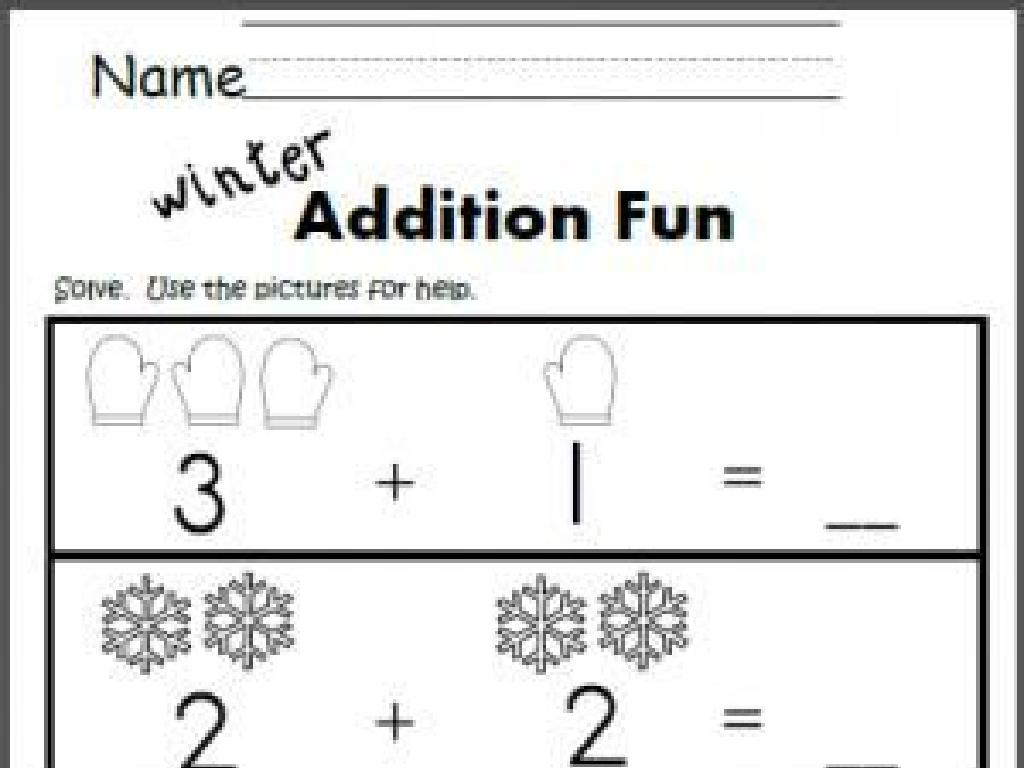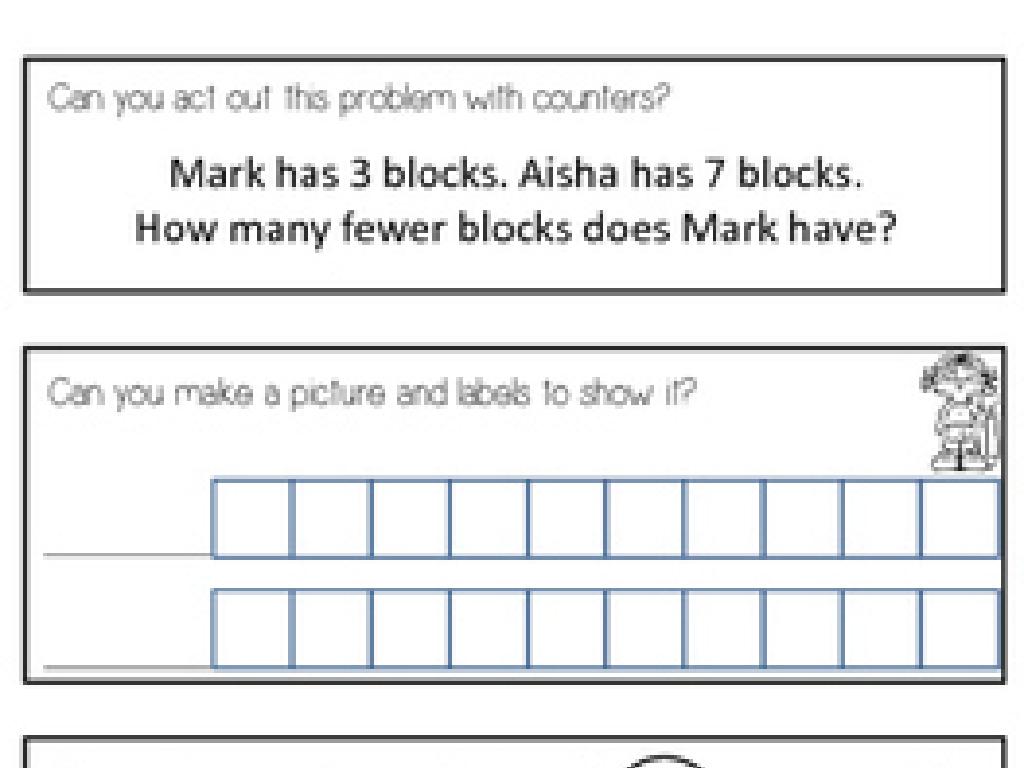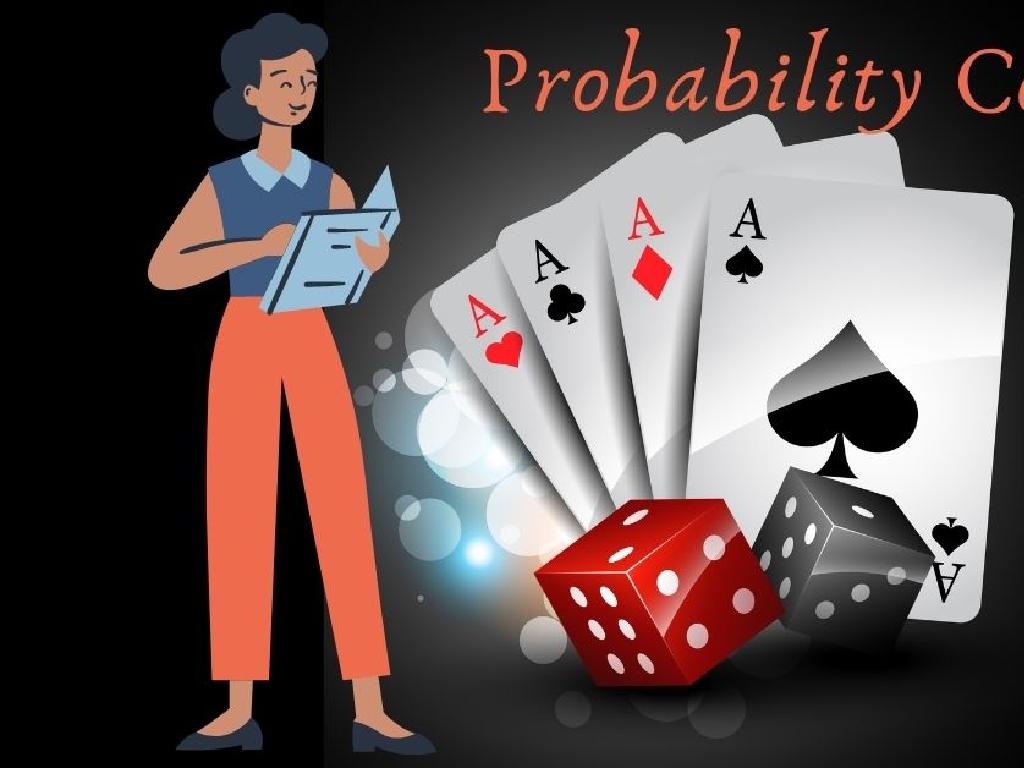Laws And Courts
Subject: Social studies
Grade: Sixth grade
Topic: The Legal System
Please LOG IN to download the presentation. Access is available to registered users only.
View More Content
Welcome to the Legal System!
– Purpose of laws in society
– Laws guide behavior and help resolve conflicts.
– Laws as protectors and order keepers
– They safeguard our rights and ensure public safety.
– Overview of laws and courts
– Learn how courts interpret and enforce laws.
– Engaging with today’s lesson
|
This slide introduces students to the fundamental concepts of the legal system, emphasizing the importance of laws in maintaining societal structure and safety. Begin by discussing the role of laws in guiding behavior and resolving conflicts, highlighting how they protect individual rights and property. Explain that laws are enforced by a system of courts, which interpret the law and apply it to individual cases. This overview sets the stage for a deeper dive into the specifics of laws and courts, preparing students for the day’s lesson. Encourage students to think about rules they follow at home or in school as a relatable example of how laws function in society.
Understanding Laws in Our Society
– Define what laws are
– Laws are systems of rules that a country or community recognizes as regulating the actions of its members.
– Laws vs. Rules
– Rules are set by individuals or organizations, while laws are created through a legal system and enforced by the government.
– Examples of everyday laws
– Traffic laws keep us safe on the road, and theft laws protect personal property.
– Significance of laws
– Laws maintain order, protect citizens, and ensure justice in society.
|
This slide introduces students to the concept of laws within the context of the legal system. Begin by defining laws as the set of rules that govern behavior within a society, enforceable by penalties. Highlight the distinction between laws (enforced by the government) and rules (which can be informal and set by individuals or organizations). Provide relatable examples such as traffic laws and laws against theft to illustrate their role in everyday life. Emphasize the importance of laws in maintaining societal order, protecting individual rights, and ensuring fairness and justice. Encourage students to think of other laws they encounter daily and discuss their purpose.
Exploring Types of Laws
– Civil vs. Criminal Laws
– Civil laws deal with disputes between people, while criminal laws involve crimes against the state.
– Federal, State, and Local Laws
– Federal laws apply to the entire country, state laws to individual states, and local laws to cities or counties.
– Examples of Each Law Type
– Civil: property disputes, Criminal: theft, Federal: immigration, State: education, Local: parking regulations
– Understanding Law Impact
|
This slide aims to introduce students to the different types of laws that govern our society. Civil laws relate to conflicts between individuals or organizations, whereas criminal laws pertain to offenses that are considered wrong by the state. It’s important for students to understand that laws can be made at different levels of government: federal laws are made by the national government and apply to all states; state laws can vary and are specific to each state; local laws are passed by city or county governments and apply to local areas. Provide examples such as property disputes for civil law, theft for criminal law, immigration for federal law, education-related laws for state, and parking regulations for local laws. Encourage students to think about how these laws affect their daily lives and the importance of understanding the legal system.
Exploring the Court System
– Understanding what a court is
– A court is a place where legal disputes are resolved.
– Courts vary by level: local, state, federal
– Local courts handle city laws, state courts handle state laws, and federal courts handle national laws.
– Judges and juries: their roles
– Judges oversee the legal process, while juries decide the facts of a case.
– How courts impact our community
|
This slide introduces students to the foundational structure of the court system. Begin by explaining that a court is an institution where justice is administered. Discuss the different levels of courts and what types of cases each level typically handles, emphasizing the hierarchy from local to federal. Explain the roles of judges and juries, highlighting that judges manage the proceedings and legal interpretations, while juries are responsible for determining the truth based on evidence. Engage students by discussing how the decisions made in courts can affect their lives and their communities. Encourage them to think of questions they have about the legal system and how it operates.
Understanding How Courts Work
– Steps in a court case
– From filing a case to the final judgment
– Role of evidence and witnesses
– Evidence proves the case; witnesses share what they saw or know
– Reaching a verdict
– Judges or jury analyze information to make a decision
|
This slide aims to explain the basic structure and function of the court system to sixth-grade students. Begin by discussing the chronological steps of a court case, from the initial filing to the final judgment, ensuring to simplify legal jargon. Emphasize the importance of evidence and witnesses, as they are crucial for proving the facts of the case. Explain how a verdict is reached, highlighting the roles of judges and juries in analyzing the evidence and testimonies to make a fair decision. Use hypothetical, age-appropriate examples to illustrate these concepts, such as a case of stolen lunch money or a schoolyard dispute, to make the information relatable and understandable.
Consequences of Breaking Laws
– Penalties: Fines and Imprisonment
– Consequences can include paying money (fines) or time in jail.
– ‘Innocent Until Proven Guilty’
– Everyone is considered innocent until the court proves them guilty.
– Rehabilitation Goals
– Rehabilitation helps people learn to not break laws again.
– Purpose of Punishments
– Punishments can deter crime and help maintain order.
|
This slide aims to educate students on the repercussions that follow when laws are broken. It’s crucial to explain that penalties are not just about punishment; they serve multiple purposes, including deterring others from committing crimes and rehabilitating offenders. Emphasize the principle of ‘innocent until proven guilty’ as a cornerstone of the legal system, ensuring fair treatment. Discuss how rehabilitation seeks to reintegrate individuals into society as law-abiding citizens. Use examples that are age-appropriate, such as explaining fines as similar to getting a ‘time-out’ for doing something wrong, and relate imprisonment to being grounded. Encourage students to think about why these consequences are necessary and how they help keep our communities safe.
Your Rights and Responsibilities
– Know your legal rights
– Rights like freedom of speech and privacy
– Responsibilities as a citizen
– Obey laws, serve on a jury, and pay taxes
– Exercise rights respectfully
– Use dialogue and peaceful assembly
– Legal ways to use your rights
– Voting, petitioning, and civic participation
|
This slide aims to educate sixth-grade students on the fundamental aspects of their rights and responsibilities within the legal system. It’s crucial for them to understand that while they have legal rights such as freedom of speech and privacy, they also have responsibilities like obeying laws and participating in civic duties such as jury service and taxation. Students should learn how to exercise their rights in a respectful and lawful manner, using tools like dialogue and peaceful assembly. Additionally, they should be aware of the legal avenues available to them for exercising their rights, such as voting and petitioning the government. Encourage students to think of examples where they or their family members have exercised these rights and responsibilities.
Class Activity: Mock Trial
– Divide class into legal roles
– Present a simple case scenario
– A case like ‘The Case of the Missing Cookie’
– Engage in role-play trial
– Lawyers argue, judges oversee, jury listens
– Jury decides on the verdict
– After hearing both sides, the jury deliberates
|
This mock trial activity is designed to give students a hands-on experience with the legal system. Divide the class into groups representing different roles within a courtroom: lawyers, judges, and jury members. Present them with a simple, age-appropriate case such as ‘The Case of the Missing Cookie’. Allow the ‘lawyers’ to present their arguments, the ‘judges’ to oversee the proceedings, and the ‘jury’ to listen carefully. After the trial, the jury will deliberate and decide on a verdict. This activity will help students understand the roles and responsibilities of each part of the court system and the process of reaching a verdict. Possible variations include having different groups try the same case to see if they reach different verdicts or presenting a new case to each group for a broader understanding of the legal process.






